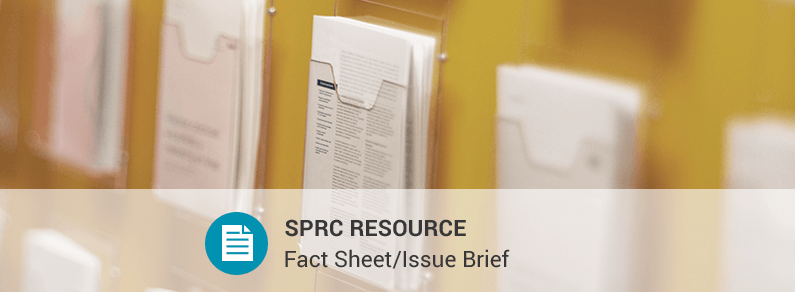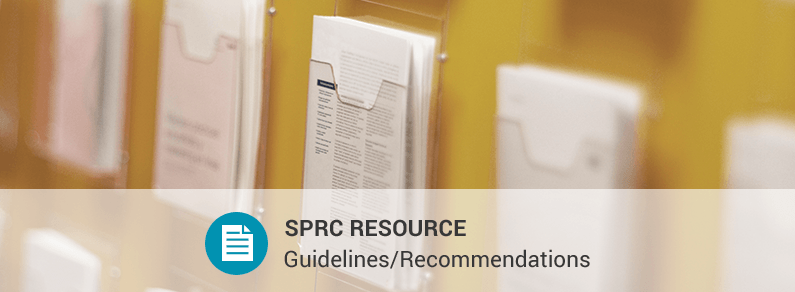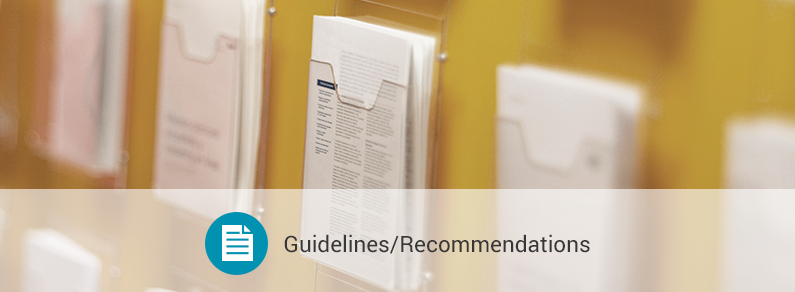Identify and Assist Persons at Risk

Identifying persons who may be at risk for suicide is a key part of a comprehensive approach to suicide prevention. Family members, friends, teachers, coaches, coworkers, and others can play an important role in recognizing when someone is at risk or in crisis and then connecting that person with the most appropriate sources of care. But these individuals may need training on how to identify suicide risk and provide assistance.
Screening for Suicide Risk
Health care providers can help identify persons at risk by carrying out screening programs. However, when screening for suicide risk, it is important to have resources and systems in place to connect anyone identified as being at risk to appropriate follow-up care and assistance.
Screening efforts should never be standalone programs. They are more effective when conducted as part of a comprehensive and strategic plan that begins with an assessment of the local context and the resources available to address the suicide problem.
When screening for suicide risk, it is important to have resources and systems in place to connect anyone identified as being at risk to appropriate follow-up care and assistance.
Providing Assistance
Programs that screen individuals for suicide risk are more effective when they:
- Build in a mechanism for follow-up assessment that provides a more comprehensive evaluation of the person’s suicidal risk and needs and that serves as the basis for developing a care plan
- Are prepared to share information about local resources, making sure the services listed are available and appropriate for the target population
- Help build care transitions and linkages between individuals or institutions in the community and providers of clinical care and treatment
- Share information about hotlines or other crisis response services
Take Action
- Educate friends and family members about the risk factors and warning signs for suicide and how to respond appropriately.
- Train gatekeepers (people who interact with individuals and groups who may be at risk for suicide) to recognize and respond to suicide risk.
- Establish suicide screening and referral programs in settings such as schools, primary care offices, or programs serving high-risk populations.
Recommended Resources

Suicide Screening and Assessment

Recommendations for School-Based Suicide Prevention Screening

Screening/Assessing Students: Indicators and Tools

Zero Suicide Toolkit: Identify and Assess Patients for Suicide Risk

